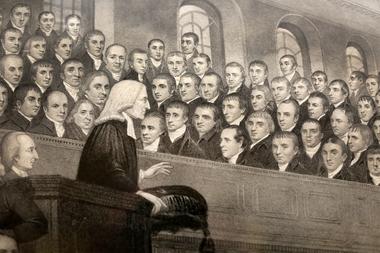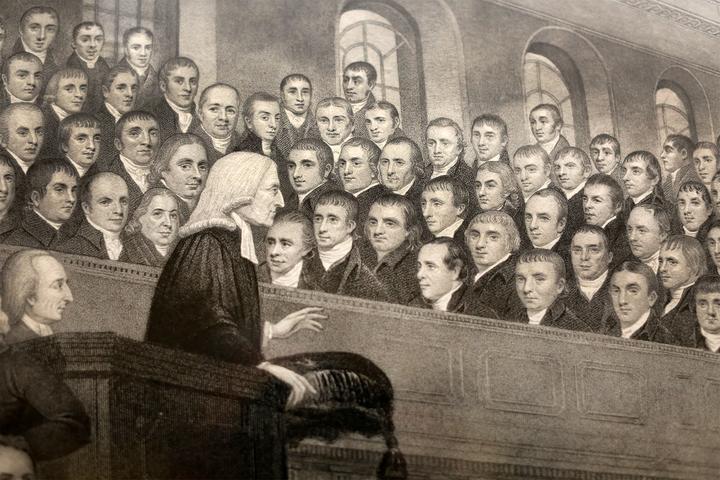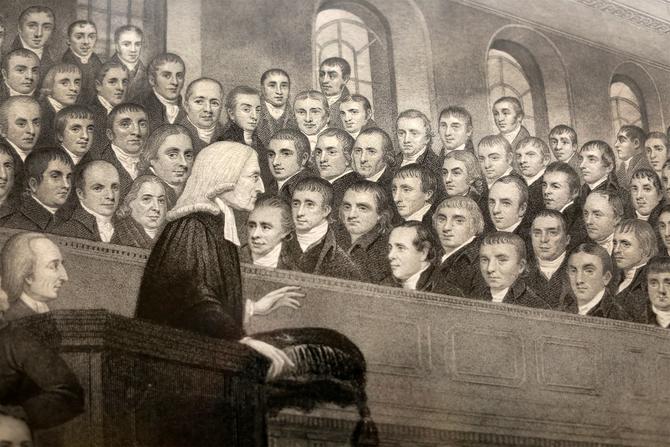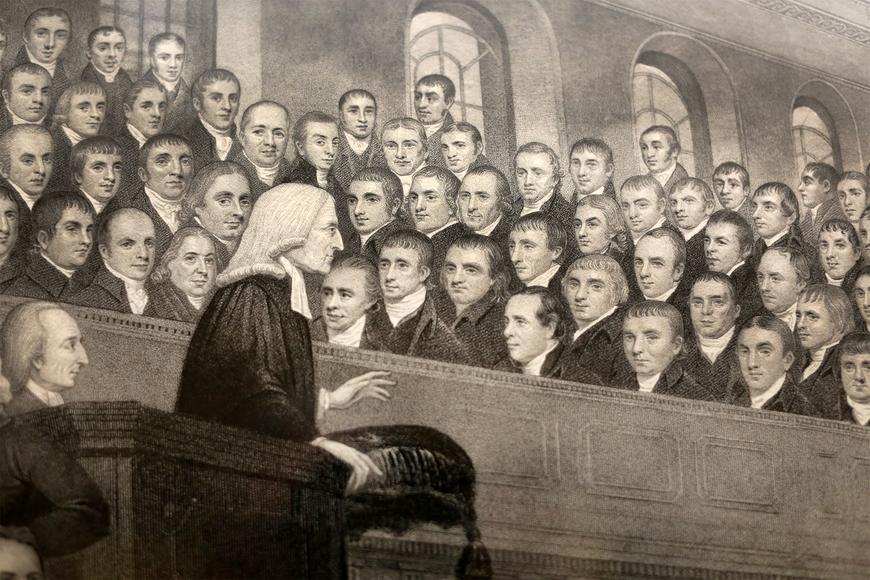



The word of God has sounded a great number of times in many places around the world in many forms and in many circumstances. It was always aimed at people’s conscious and thoughtful belief and repentance. Ever since it’s forming, the Christian church has gone through several great revivals which led to new forms and new views on Gods miracles. The Bible reads “Restore us, O Lord God of hosts! Let your face shine, that we may be saved!” (Psalm 80:19). People’s need to renew their beliefs occurred over and over again throughout the history of civilization. Therefore, all the awakenings and revivals that took place either in Europe or in America, either in the 19th century or in the 20th are characterized by common features and contain common elements. This fact justifies the constant necessity for people to be assured of God’s existence and love which keeps coming back in different forms but for the same reason.
The revivalism as the religious movement of the renovation of the Christian group, church or community brought such churches as Protestantism, Puritanism, Methodism, Evangelism, and others (Revivalism, n. d.). However diverse the nature of these churches is, they all have been established as a result of the process characterized by the common elements. The first element is the period of crisis preceding the revival. The history of religion has faced a number of controversial interpretations of the religious ideas which led to the points of separation or establishment of a new church. The second element is the mass nature of the movement. Originating as local movements the revivals of the past two centuries spread to larger territories and occupied the minds of a great number of people. These local movements are interconnected “by the Spirit of God to become a great and global awakening” (Shaw, 2010, 198).




Attached file: Revival Sermon Manuscript.docx
Click download to get access to a full version of the paper
There is always a leader, a priest who articulates the new ideas and reflects renewed approaches. This constitutes the third element of all revival movements of the 19th-20th centuries. Evan Roberts for the Walse Awakening, John Wesley for the Wesleyan revival as well as Jonathan Edwards and George Whitefield for the Great Awakening in the USA – all of the leaders delivering the message to the masses of people. Fourthly, every revival movement spreads among the great number of people sometimes embracing large territories with the ultimate aim of “winning new adherents” (Revivalism, n. d.). The success of any revival is in the growth of the church with the help of its adherents who believe and repent, therefore, honoring Jesus. Revivals are “the work of God with the response of people” (Orr, 2000, 6). People’s response, in this case, is the conversation with God through the meetings, prayers, and sermons which comprise the fifth feature. The communication through the word of God, the interpretation of Bible and the introduction of new approaches towards the well-known truths opened people’s minds in a new way and gave them the power to repent and live with Jesus in their hearts. The sixth element of all revivals is contained in similar results in terms of the change they contribute to the religious system and new churches that were established. All the awakenings introduced new unique churches to the world.
The elements of the revival movements mentioned earlier underline the unity of the aim of these processes. Despite the differences in the territory, the time period or the state these movements took place, they all existed as the interpretations of the power of God. The Bible encourages people to repent and turn to God so the sinners would be forgiven and “times of refreshing may come from the presence of the Lord” (Acts 3:19-20). Repentance and turning towards God’s teachings is the ultimate purpose of revivals. The diversity of the movements and ideas, the endless row of interpretations shows the global need to be reassured of His love. Starting in one place, the revivals spread to other territories, occupying more and more people led by leaders and priests who articulated the word of God to resolve the crisis and establish a new church, new movement making “strange people receptive” (Orr, 2000, 15). The similarities between these movements only emphasize the powerful expression of God’s life in the world.